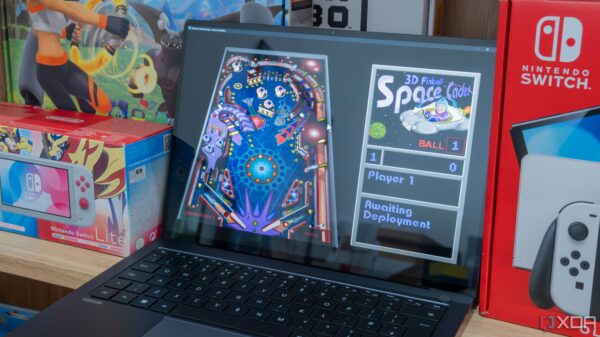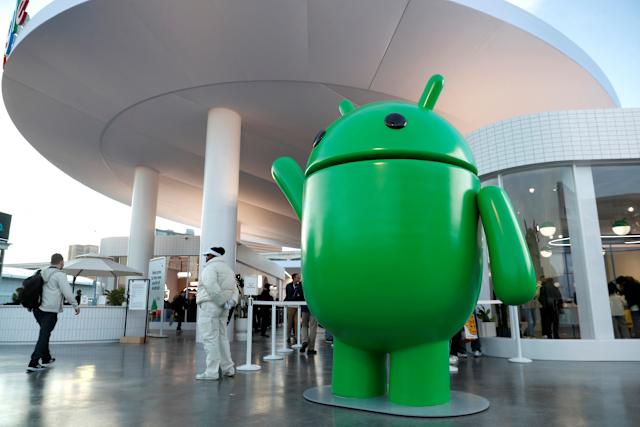Google is set to unify its Android and ChromeOS platforms, a move aimed at enhancing the user experience across its ecosystem. In an interview with TechRadar, Sameer Samat, president of Google’s Android ecosystem, outlined the company’s vision for this integration. He expressed curiosity about how users manage multiple devices, such as a MacBook, iPhone, and Apple Watch, as part of this initiative.
Samat stated, “I asked because we’re going to be combining ChromeOS and Android into a single platform, and I am very interested in how people are using their laptops these days and what they’re getting done.” This commitment to creating a cohesive environment mirrors the seamless integration found among Apple products, which has historically been a strong selling point for that brand.
Strategic Move for Improved Cohesion
The decision to merge these operating systems is a logical progression for Google, as it seeks to make devices operating on its platforms more interconnected. Although unifying ChromeOS and Android may have been a more intuitive approach from the outset, the company is now taking significant steps to remedy this oversight. The unification process is expected to gain momentum in the upcoming months, particularly with the anticipated release of Android XR devices.
Google has been laying the groundwork for this transition for some time. Last year, the company announced plans to base ChromeOS more closely on the technology that powers Android, facilitating better compatibility and functionality. Moreover, ChromeOS has long supported Android applications, many of which feature desktop modes, further bridging the gap between the two systems.
Additionally, the latest iteration, Android 16, has introduced a Samsung DeX-style desktop interface, allowing for more versatile usage across devices. This feature indicates Google’s commitment to providing a more comprehensive and user-friendly experience.
As the tech landscape continues to evolve, the merging of Android and ChromeOS could position Google favorably against competitors. By focusing on interoperability, Google aims to ensure that users can maximize productivity and efficiency, reflecting changing consumer behaviors and preferences in device usage.
In summary, Google’s initiative to unify its operating systems represents a significant shift in its strategy, with implications for both its product offerings and user experience. As developments unfold, stakeholders and consumers alike will be watching closely to see how this unification enhances the functionality of Google’s technology ecosystem.








































































